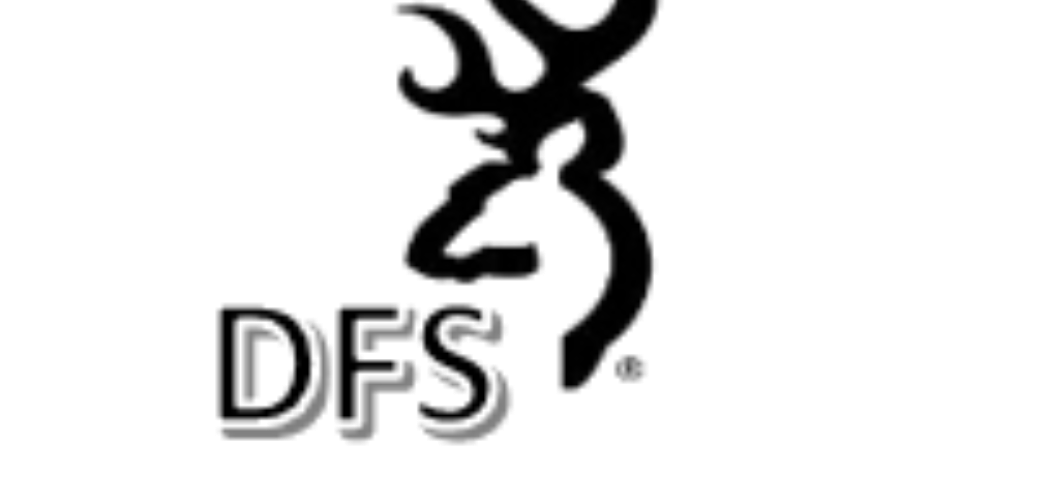WELCOME TO THE OCEAN LIVES MATTER WEBSITE
(Still Under Construction/Copyright for each child participant/2023)
This website was designed by Aiyani, Bryan, Keira, Keya, Lorelei and Ni'ma to encourage less pollution impacting our oceans and the ocean lives of people, of sealife, of beaches, and of those who use the ocean to earn a living and to enjoy spending time there.
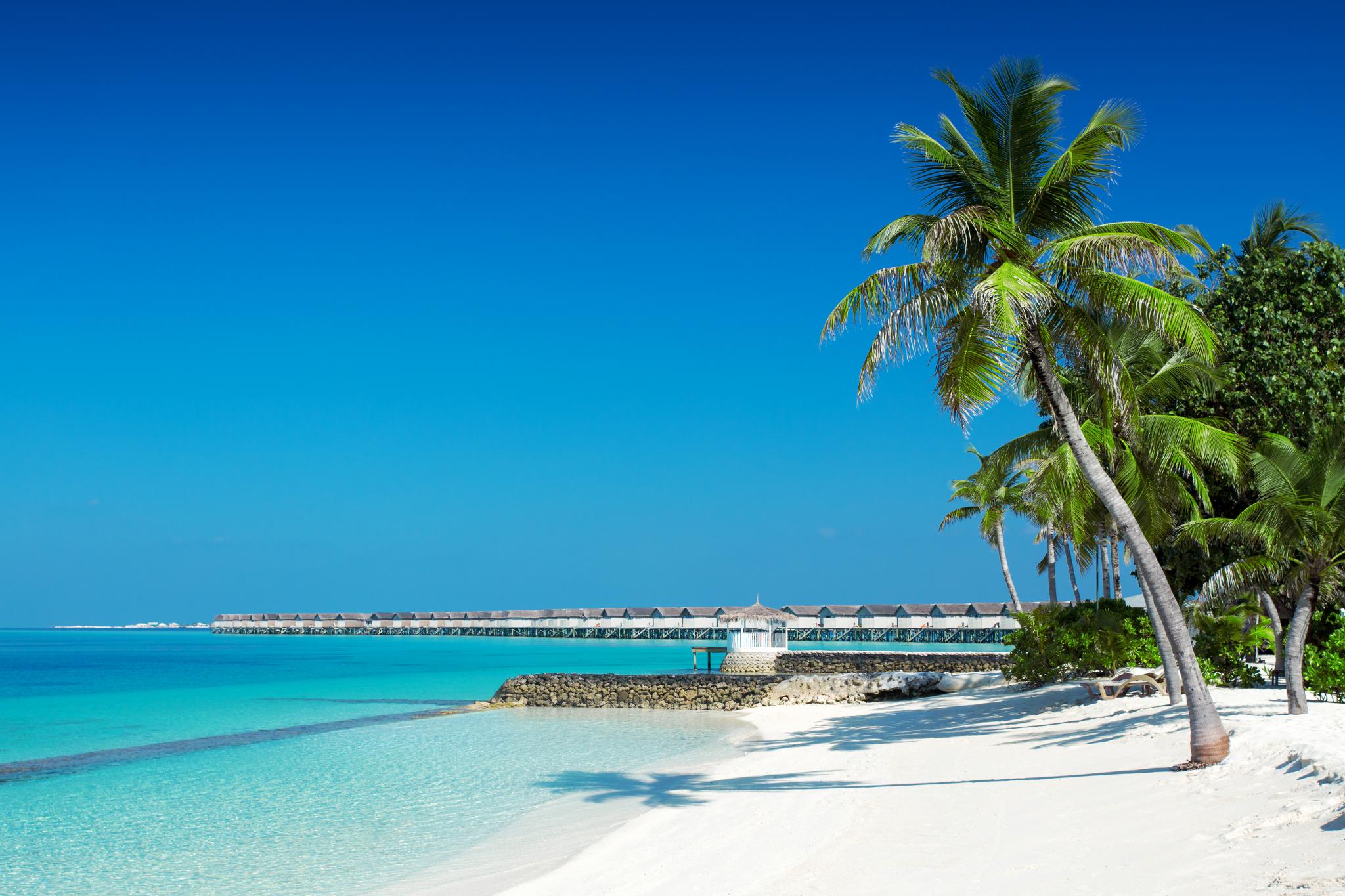
WHAT DO SEA TURTLES EAT
Informative Essay by Bryan

Unfortunately pollution is also found in every ocean in the world.More than half of the world's sea turtles have eaten plastic waste and 1,000 sea turtles die every year from it.
Loggerhead favoring crabs, whelks, and conchs.
Green scrape off seagrass and algae from coral reefs.
Hawksbill eat just sea sponges.
Leatherback only eat invertebrates such as jellyfish and sea squirts.
Flatback eats everything from seaweed to shrimp and crabs.
Kemp’s Ridley Enjoy crabs, fish, jellies, shrimp, and mollusks.
Olive Ridley Eats jellies, sea cucumbers, fish, and a wide variety of plants.
Pollution is found in many sea turtles habitats. They have to deal with plastic waste, oil spills and chemical runoff. Lots of sea turtles eat plastic, for example plastic bags look like jellyfish floating in the ocean.
A lot of sea turtles eat jellyfish and other invertebrates.
When oil gets spilled into the ocean it will create tar balls.
If a sea turtle eats a tar ball it will get very sick and can die. Another way pollution gets into the oceans is when farmers use fertilizers. The runoff can pollute the nearby streams and rivers that lead to the oceans. Scientists have proven that the increase in certain chemicals are responsible for an increase in bacteria blooms known as red tides. Scientists have found that 22% of sea turtles that eat plastic will die. Even if the sea turtles don't die they can be unnaturally buoyant which will affect their health for the rest of their life. When they are unnaturally buoyant, sea turtles can not dive down to the seafloor to eat and have to rely on what they can find floating in the ocean. Sea turtles can get very sick from swimming through or eating foods that have been affected by Red Tides.
Sea turtles have been known as bioindicators for the health of our oceans because they are found in most of the world's oceans. There have been sea turtles swimming through our oceans since the time of
dinosaurs. Scientists off the coast of China discovered a 220 million year old sea turtle fossil.
With all of the pollution in the oceans almost all of the sea turtle species are in danger. Scientists suggest that 52 percent of all world's sea turtles have eaten plastic.
You can do your part by reducing plastic pollution with recycling and reducing single-use plastic items. If you want to learn even more about what sea turtles eat and how it affects their health you can visit seaturtle.org and worldwildlife.org to learn even more.
Keya's Poster 1

The Future of Human Life Depends on the Ocean
Jacque Cousteau said that the sea is "the universal sewer." "Water and air, the two essential fluids on which all life depends, have become global garbage cans."
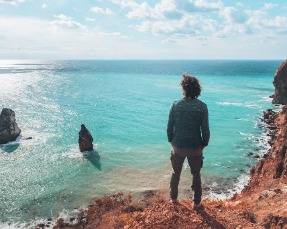
Lorelei's Animated Helper
Everyone needs to help in whatever way they can because ocean lives are being harmed by the things that people are doing. Lorelei created Bill, along with more than 30 additional animated characters, to try to help us stop polluting.
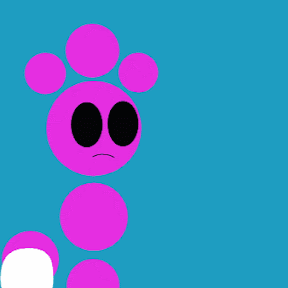
Keya's Poster 2
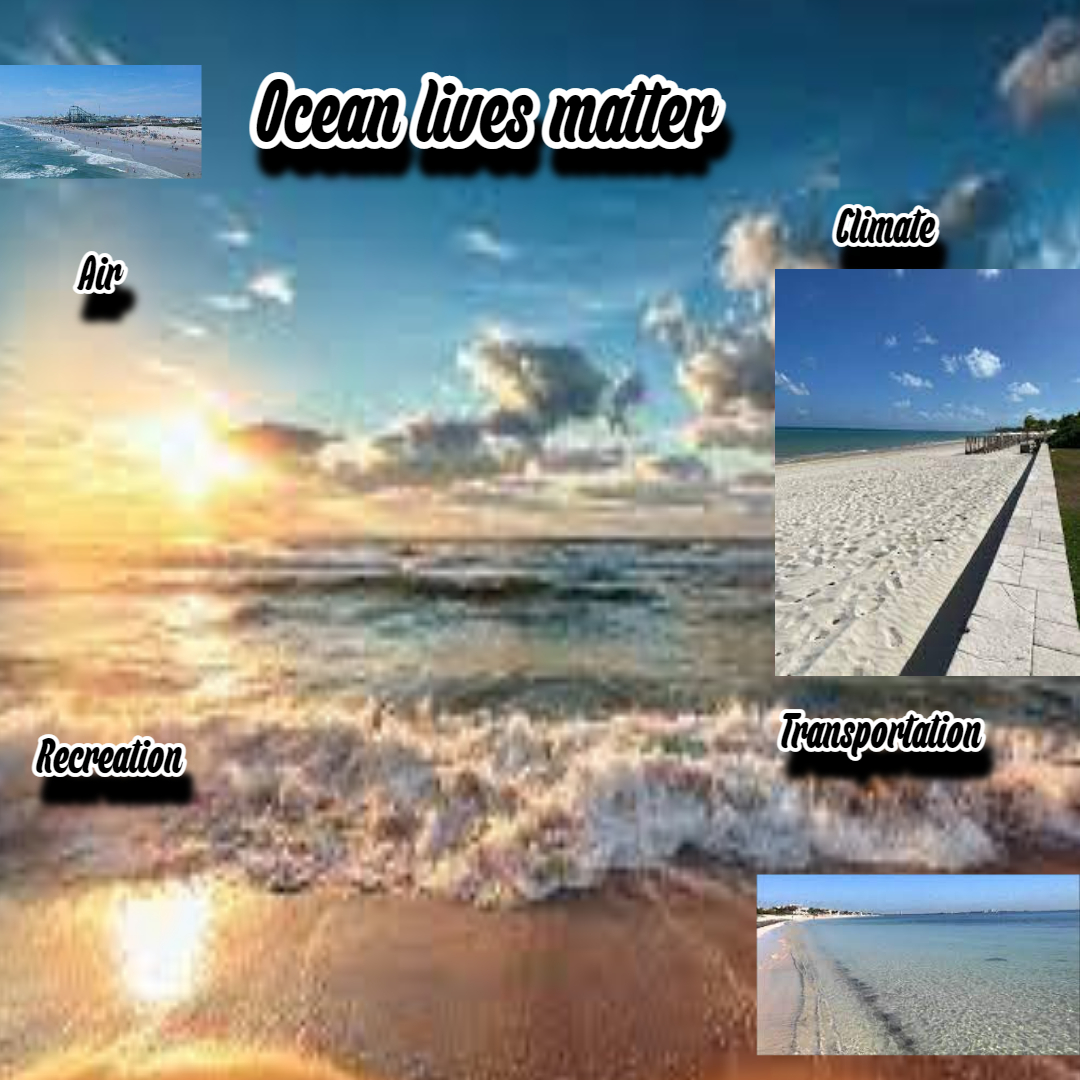
Keira's Dance to "Calypso"
Original Choreography Developed by Keira

To sail on a dream on a crystal clear ocean (Sailing and dreaming motions)
To ride on the crest of a wild raging storm (Spinning like a tornado or water spout and raging)
To work in the service of life and the living (Working motions along with motions related to life)
In search of the answers to questions unknown (Seeking and thinking motions)
To be part of the movement and part of the growing (Movement and growing motions)
Part of beginning to understand (Thinking movements with a sudden understanding movement)
CHORUS (free movements of choice):
Aye, Calypso, the places you've been toThe things that you've shown usThe stories you tellAye, Calypso, I sing to your spiritThe men who have served youSo long and so wellOlole iiiii, ololo ululululuOlole iiii, ololo uu
Like the dolphin who guides you
(Swimming movements with hands)
You bring us beside you
(Hug or enveloping movements)
To light up the darkness and show us the way
(Turning on light and a "come on" movement)
For though we are strangers in your silent world
(
To live on the land, we must learn from the seaTo be true as the tideAnd free as the wind-swellJoyful and loving in letting it be
Aye, Calypso, the places you've been toThe things that you've shown usThe stories you tellAye, Calypso, I sing to your spiritThe men who have served youSo long and so well
Aye, Calypso, the places you've been toThe things that you've shown usThe stories you tellAye, Calypso, I sing to your spiritThe men who have served youSo long and so wellOlole iiiii, ololo ululululuOlole iiii, ololo uu
Lorelei's Animated Slide Presentations
Experimenting with Google slides, Lorelei decided to create and animate some new characters for the purpose of demonstrating the harm people can do when they ignore the habitat of ocean lives. The dolphin, in particular, was designed to dance in the background as part of Keira's presentation of "Calypso." Calypso is the research ship that Jacque Cousteau used to explore the ocean and educate others about the importance of taking better care of it. John Denver wrote the song and lyrics to the song, "Calypso."
Example Subheading
This is just example text. Click to edit and add your own content. This section design focuses primarily on text-content, which can be used to communicate information to your website viewers. You don't need any professional writing experience to create great text-content, all you need is an idea and a keyboard.
This is example text. Please click here to edit the text.
Example Subheading
This is just example text. Click to edit and add your own content. This section design focuses primarily on text-content, which can be used to communicate information to your website viewers. You don't need any professional writing experience to create great text-content, all you need is an idea and a keyboard.
Ni'ma's Pirate Story
Ni'ma is very good at writing script and has already written a book with more than 35 chapters. She shared this shorter story to help children understand the importance of taking better care of our oceans. The story is called "A Pirates' Love."
Chapter One: A Voyage to "Paradise"
A pirate named Gusto was a crew member upon a ship called "Dolphina." They were sailing to find a treasure on an island called Ariel. On this island, they hoped to find food and treasure. But because of the island's begrimed condition, no food would grow. Gusto was heartbroken seeing as though this Island had become a wasteland.
When Gusto saw that a turtle was tangled in plastic and dross. He called the crew and was determined to fix it. He assembles his men and gather some waste bins. Some Men were lazy and did not want to clean this rubbished island. Instead of Forcing them Gusto told them something that they would think back to. He said "When those who litter and debris, Are those who ruin the health of the world." He finshed, "The ocean provides water for plants and animals to drink. When they do not have a clean ecosystem, they become unheathy and sick. DO you not eat the same as they do?"
Chapter Two:
The men then an felt uneasy pool in their stomachs as they noticed the poor turtle that laid on the ocean bank covered in muck. They pick up their shovels and got to work. Yes, It may have take all night and day but what's better than a health place to lay? When it was done, they felt this serene feeling in their hearts.
OCEAN LIVES MATTER: A Limerick Created By Aiyani
Ocean lives matter because oceans produce lots of stuff.
With dirty poisoned oceans, our lives could be so rough.
So pick up your trash.
Don't be so rash.
You're making life tough. STOP! ENOUGH IS ENOUGH!
